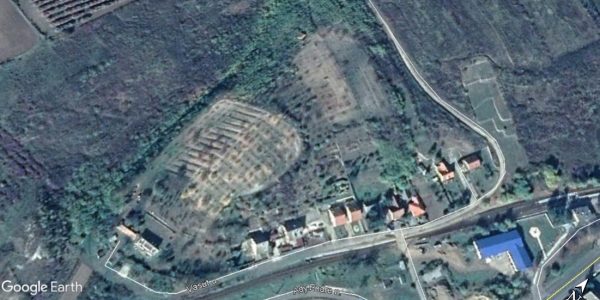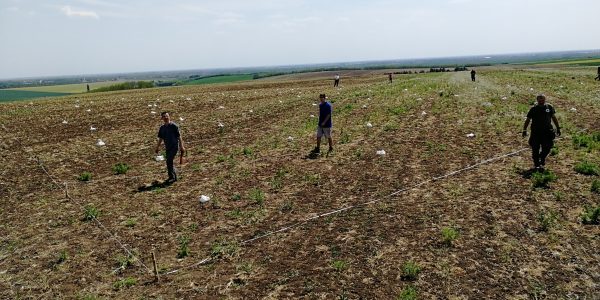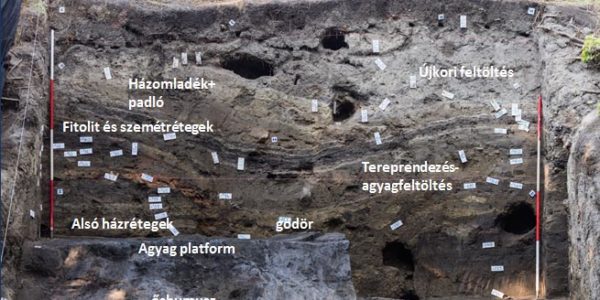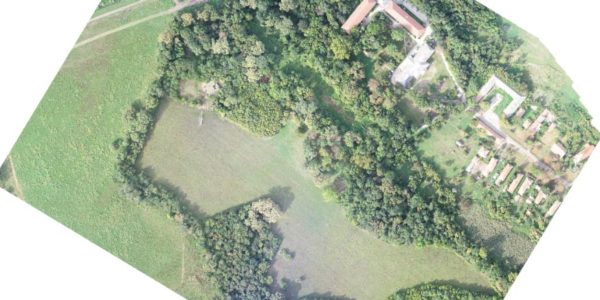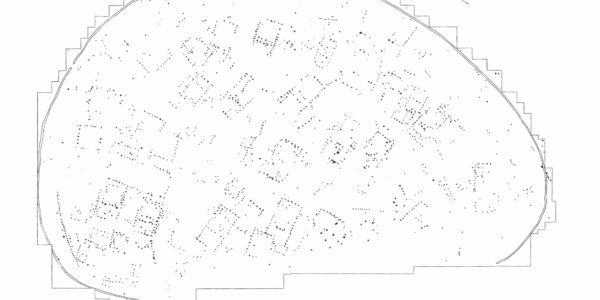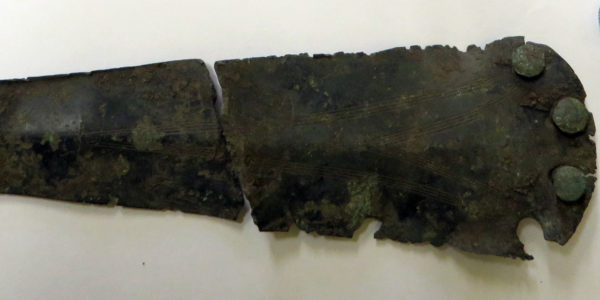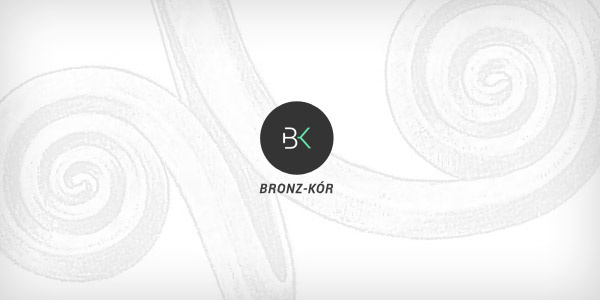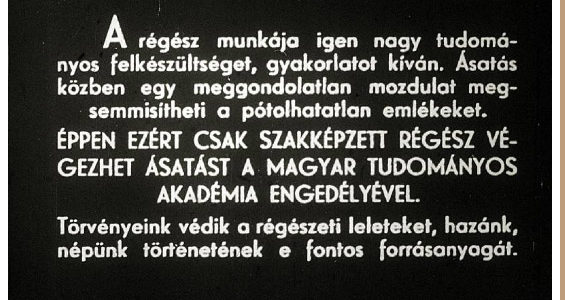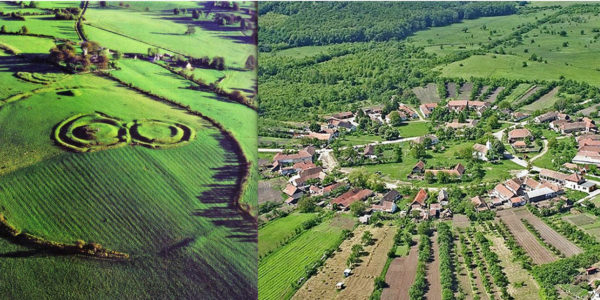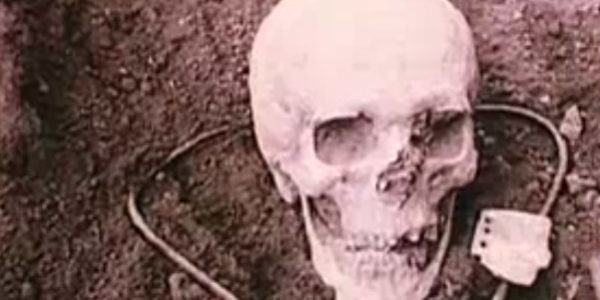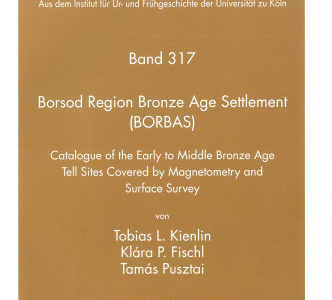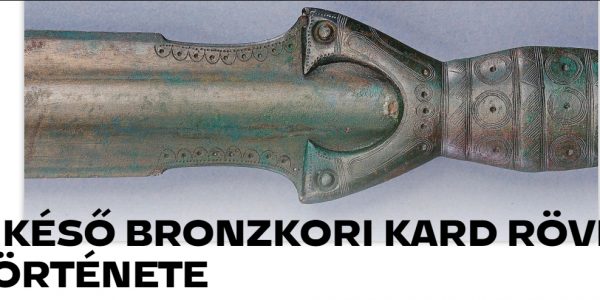WP_Query Object
(
[query] => Array
(
[paged] => 5
)
[query_vars] => Array
(
[paged] => 5
[error] =>
[m] =>
[p] => 0
[post_parent] =>
[subpost] =>
[subpost_id] =>
[attachment] =>
[attachment_id] => 0
[name] =>
[pagename] =>
[page_id] => 0
[second] =>
[minute] =>
[hour] =>
[day] => 0
[monthnum] => 0
[year] => 0
[w] => 0
[category_name] =>
[tag] =>
[cat] =>
[tag_id] =>
[author] =>
[author_name] =>
[feed] =>
[tb] =>
[meta_key] =>
[meta_value] =>
[preview] =>
[s] =>
[sentence] =>
[title] =>
[fields] =>
[menu_order] =>
[embed] =>
[category__in] => Array
(
)
[category__not_in] => Array
(
)
[category__and] => Array
(
)
[post__in] => Array
(
)
[post__not_in] => Array
(
)
[post_name__in] => Array
(
)
[tag__in] => Array
(
)
[tag__not_in] => Array
(
)
[tag__and] => Array
(
)
[tag_slug__in] => Array
(
)
[tag_slug__and] => Array
(
)
[post_parent__in] => Array
(
)
[post_parent__not_in] => Array
(
)
[author__in] => Array
(
)
[author__not_in] => Array
(
)
[suppress_filters] =>
[ignore_sticky_posts] =>
[cache_results] => 1
[update_post_term_cache] => 1
[lazy_load_term_meta] => 1
[update_post_meta_cache] => 1
[post_type] =>
[posts_per_page] => 15
[nopaging] =>
[comments_per_page] => 50
[no_found_rows] =>
[order] => DESC
)
[tax_query] => WP_Tax_Query Object
(
[queries] => Array
(
)
[relation] => AND
[table_aliases:protected] => Array
(
)
[queried_terms] => Array
(
)
[primary_table] => wp_posts
[primary_id_column] => ID
)
[meta_query] => WP_Meta_Query Object
(
[queries] => Array
(
)
[relation] =>
[meta_table] =>
[meta_id_column] =>
[primary_table] =>
[primary_id_column] =>
[table_aliases:protected] => Array
(
)
[clauses:protected] => Array
(
)
[has_or_relation:protected] =>
)
[date_query] =>
[queried_object] =>
[queried_object_id] =>
[request] => SELECT SQL_CALC_FOUND_ROWS wp_posts.ID FROM wp_posts WHERE 1=1 AND wp_posts.post_type = 'post' AND (wp_posts.post_status = 'publish') ORDER BY wp_posts.post_date DESC LIMIT 60, 15
[posts] => Array
(
[0] => WP_Post Object
(
[ID] => 1657
[post_author] => 2
[post_date] => 2020-07-27 10:15:39
[post_date_gmt] => 2020-07-27 10:15:39
[post_content] =>
Sorry, this entry is only available in Hungarian.
[post_title] => (Magyar) Minden a helyére kerül egyszer
[post_excerpt] =>
[post_status] => publish
[comment_status] => open
[ping_status] => open
[post_password] =>
[post_name] => minden-a-helyere-kerul-egyszer
[to_ping] =>
[pinged] =>
[post_modified] => 2020-07-27 10:19:48
[post_modified_gmt] => 2020-07-27 10:19:48
[post_content_filtered] =>
[post_parent] => 0
[guid] => http://bronzkor.hu/?p=1657
[menu_order] => 0
[post_type] => post
[post_mime_type] =>
[comment_count] => 0
[filter] => raw
[post_title_ml] => [:hu]Minden a helyére kerül egyszer[:]
[post_title_langs] => Array
(
[hu] => 1
)
)
[1] => WP_Post Object
(
[ID] => 1653
[post_author] => 2
[post_date] => 2020-07-09 19:14:29
[post_date_gmt] => 2020-07-09 19:14:29
[post_content] =>
Sorry, this entry is only available in Hungarian.
[post_title] => (Magyar) Bronzkori kardok
[post_excerpt] =>
[post_status] => publish
[comment_status] => open
[ping_status] => open
[post_password] =>
[post_name] => bronzkori-kardok
[to_ping] =>
[pinged] =>
[post_modified] => 2020-07-09 19:14:29
[post_modified_gmt] => 2020-07-09 19:14:29
[post_content_filtered] =>
[post_parent] => 0
[guid] => http://bronzkor.hu/?p=1653
[menu_order] => 0
[post_type] => post
[post_mime_type] =>
[comment_count] => 0
[filter] => raw
[post_title_ml] => [:hu]Bronzkori kardok[:]
[post_title_langs] => Array
(
[hu] => 1
)
)
[2] => WP_Post Object
(
[ID] => 1645
[post_author] => 2
[post_date] => 2020-05-25 07:07:35
[post_date_gmt] => 2020-05-25 07:07:35
[post_content] =>
Sorry, this entry is only available in Hungarian.
[post_title] => (Magyar) Az önmaga farkába harapó kígyó
[post_excerpt] =>
[post_status] => publish
[comment_status] => open
[ping_status] => open
[post_password] =>
[post_name] => az-onmaga-farkaba-harapo-kigyo
[to_ping] =>
[pinged] =>
[post_modified] => 2020-05-25 07:10:20
[post_modified_gmt] => 2020-05-25 07:10:20
[post_content_filtered] =>
[post_parent] => 0
[guid] => http://bronzkor.hu/?p=1645
[menu_order] => 0
[post_type] => post
[post_mime_type] =>
[comment_count] => 0
[filter] => raw
[post_title_ml] => [:hu]Az önmaga farkába harapó kígyó[:]
[post_title_langs] => Array
(
[hu] => 1
)
)
[3] => WP_Post Object
(
[ID] => 1614
[post_author] => 2
[post_date] => 2020-05-12 09:27:47
[post_date_gmt] => 2020-05-12 09:27:47
[post_content] =>
Sorry, this entry is only available in Hungarian.
[post_title] => (Magyar) Tibolddaróc – ami még kimaradt
[post_excerpt] =>
[post_status] => publish
[comment_status] => open
[ping_status] => open
[post_password] =>
[post_name] => tibolddaroc-ami-meg-kimaradt
[to_ping] =>
[pinged] =>
[post_modified] => 2020-05-13 07:09:40
[post_modified_gmt] => 2020-05-13 07:09:40
[post_content_filtered] =>
[post_parent] => 0
[guid] => http://bronzkor.hu/?p=1614
[menu_order] => 0
[post_type] => post
[post_mime_type] =>
[comment_count] => 0
[filter] => raw
[post_title_ml] => [:hu]Tibolddaróc – ami még kimaradt[:]
[post_title_langs] => Array
(
[hu] => 1
)
)
[4] => WP_Post Object
(
[ID] => 1601
[post_author] => 2
[post_date] => 2019-05-26 20:10:23
[post_date_gmt] => 2019-05-26 20:10:23
[post_content] =>
Sorry, this entry is only available in Hungarian.
[post_title] => (Magyar) Mit rejt a kincses térkép?
[post_excerpt] =>
[post_status] => publish
[comment_status] => open
[ping_status] => open
[post_password] =>
[post_name] => mit-rejt-a-kincses-terkep
[to_ping] =>
[pinged] =>
[post_modified] => 2019-05-27 19:10:37
[post_modified_gmt] => 2019-05-27 19:10:37
[post_content_filtered] =>
[post_parent] => 0
[guid] => http://bronzkor.hu/?p=1601
[menu_order] => 0
[post_type] => post
[post_mime_type] =>
[comment_count] => 0
[filter] => raw
[post_title_ml] => [:hu]Mit rejt a kincses térkép?[:]
[post_title_langs] => Array
(
[hu] => 1
)
)
[5] => WP_Post Object
(
[ID] => 1597
[post_author] => 2
[post_date] => 2019-03-30 22:13:44
[post_date_gmt] => 2019-03-30 22:13:44
[post_content] =>
Sorry, this entry is only available in Hungarian.
[post_title] => (Magyar) Borsodivánka-Nagyhalom — az eddigi eredményeink
[post_excerpt] =>
[post_status] => publish
[comment_status] => open
[ping_status] => open
[post_password] =>
[post_name] => borsodivanka-nagyhalom-az-eddigi-eredmenyeink
[to_ping] =>
[pinged] =>
[post_modified] => 2019-03-30 22:13:44
[post_modified_gmt] => 2019-03-30 22:13:44
[post_content_filtered] =>
[post_parent] => 0
[guid] => http://bronzkor.hu/?p=1597
[menu_order] => 0
[post_type] => post
[post_mime_type] =>
[comment_count] => 0
[filter] => raw
[post_title_ml] => [:hu]Borsodivánka-Nagyhalom — az eddigi eredményeink[:]
[post_title_langs] => Array
(
[hu] => 1
)
)
[6] => WP_Post Object
(
[ID] => 1569
[post_author] => 2
[post_date] => 2019-03-30 21:56:58
[post_date_gmt] => 2019-03-30 21:56:58
[post_content] =>
Sorry, this entry is only available in Hungarian.
[post_title] => (Magyar) Borsodivánka 2018 fényképes riport
[post_excerpt] =>
[post_status] => publish
[comment_status] => open
[ping_status] => open
[post_password] =>
[post_name] => borsodivanka-2018-fenykepes-riport
[to_ping] =>
[pinged] =>
[post_modified] => 2019-03-30 22:03:32
[post_modified_gmt] => 2019-03-30 22:03:32
[post_content_filtered] =>
[post_parent] => 0
[guid] => http://bronzkor.hu/?p=1569
[menu_order] => 0
[post_type] => post
[post_mime_type] =>
[comment_count] => 0
[filter] => raw
[post_title_ml] => [:hu]Borsodivánka 2018 fényképes riport[:]
[post_title_langs] => Array
(
[hu] => 1
)
)
[7] => WP_Post Object
(
[ID] => 1563
[post_author] => 2
[post_date] => 2019-03-30 20:21:11
[post_date_gmt] => 2019-03-30 20:21:11
[post_content] =>
Sorry, this entry is only available in Hungarian.
[post_title] => (Magyar) Közhiteles régészeti adatbázis........ mennyire hiteles?
[post_excerpt] =>
[post_status] => publish
[comment_status] => open
[ping_status] => open
[post_password] =>
[post_name] => kozhiteles-regeszeti-adatbazis-mennyire-hiteles
[to_ping] =>
[pinged] =>
[post_modified] => 2019-03-30 20:21:11
[post_modified_gmt] => 2019-03-30 20:21:11
[post_content_filtered] =>
[post_parent] => 0
[guid] => http://bronzkor.hu/?p=1563
[menu_order] => 0
[post_type] => post
[post_mime_type] =>
[comment_count] => 0
[filter] => raw
[post_title_ml] => [:hu]Közhiteles régészeti adatbázis........ mennyire hiteles?[:]
[post_title_langs] => Array
(
[hu] => 1
)
)
[8] => WP_Post Object
(
[ID] => 1531
[post_author] => 2
[post_date] => 2018-10-29 19:12:46
[post_date_gmt] => 2018-10-29 19:12:46
[post_content] =>
Sorry, this entry is only available in Hungarian.
[post_title] => (Magyar) Fémek és még más Emődről
[post_excerpt] =>
[post_status] => publish
[comment_status] => open
[ping_status] => open
[post_password] =>
[post_name] => femek-es-meg-mas-emodrol
[to_ping] =>
[pinged] =>
[post_modified] => 2018-10-30 08:37:36
[post_modified_gmt] => 2018-10-30 08:37:36
[post_content_filtered] =>
[post_parent] => 0
[guid] => http://bronzkor.hu/?p=1531
[menu_order] => 0
[post_type] => post
[post_mime_type] =>
[comment_count] => 0
[filter] => raw
[post_title_ml] => [:hu]Fémek és még más Emődről[:]
[post_title_langs] => Array
(
[hu] => 1
)
)
[9] => WP_Post Object
(
[ID] => 1484
[post_author] => 2
[post_date] => 2018-09-10 19:27:58
[post_date_gmt] => 2018-09-10 19:27:58
[post_content] =>
Sorry, this entry is only available in Hungarian.
[post_title] => (Magyar) Borosdivánka 2017
[post_excerpt] =>
[post_status] => publish
[comment_status] => open
[ping_status] => open
[post_password] =>
[post_name] => borosdivanka-2017
[to_ping] =>
[pinged] =>
[post_modified] => 2018-09-10 19:27:58
[post_modified_gmt] => 2018-09-10 19:27:58
[post_content_filtered] =>
[post_parent] => 0
[guid] => http://bronzkor.hu/?p=1484
[menu_order] => 0
[post_type] => post
[post_mime_type] =>
[comment_count] => 0
[filter] => raw
[post_title_ml] => [:hu]Borosdivánka 2017[:]
[post_title_langs] => Array
(
[hu] => 1
)
)
[10] => WP_Post Object
(
[ID] => 1468
[post_author] => 2
[post_date] => 2018-09-06 20:14:08
[post_date_gmt] => 2018-09-06 20:14:08
[post_content] =>
Sorry, this entry is only available in Hungarian.
[post_title] => (Magyar) Szlovák szakirodalmi elérhetőségek
[post_excerpt] =>
[post_status] => publish
[comment_status] => open
[ping_status] => open
[post_password] =>
[post_name] => szlovak-szakirodalmi-elerhetosegek
[to_ping] =>
[pinged] =>
[post_modified] => 2018-09-06 20:20:38
[post_modified_gmt] => 2018-09-06 20:20:38
[post_content_filtered] =>
[post_parent] => 0
[guid] => http://bronzkor.hu/?p=1468
[menu_order] => 0
[post_type] => post
[post_mime_type] =>
[comment_count] => 0
[filter] => raw
[post_title_ml] => [:hu]Szlovák szakirodalmi elérhetőségek[:]
[post_title_langs] => Array
(
[hu] => 1
)
)
[11] => WP_Post Object
(
[ID] => 1479
[post_author] => 2
[post_date] => 2018-09-06 20:00:42
[post_date_gmt] => 2018-09-06 20:00:42
[post_content] =>
Sorry, this entry is only available in Hungarian.
[post_title] => (Magyar) Hogyan dolgozik a régész — diafilm 1956
[post_excerpt] =>
[post_status] => publish
[comment_status] => open
[ping_status] => open
[post_password] =>
[post_name] => hogyan-dolgozik-a-regesz-diafilm-1956
[to_ping] =>
[pinged] =>
[post_modified] => 2018-09-06 20:00:42
[post_modified_gmt] => 2018-09-06 20:00:42
[post_content_filtered] =>
[post_parent] => 0
[guid] => http://bronzkor.hu/?p=1479
[menu_order] => 0
[post_type] => post
[post_mime_type] =>
[comment_count] => 0
[filter] => raw
[post_title_ml] => [:hu]Hogyan dolgozik a régész — diafilm 1956[:]
[post_title_langs] => Array
(
[hu] => 1
)
)
[12] => WP_Post Object
(
[ID] => 1476
[post_author] => 2
[post_date] => 2018-09-06 19:53:20
[post_date_gmt] => 2018-09-06 19:53:20
[post_content] =>
Sorry, this entry is only available in Hungarian.
[post_title] => (Magyar) Bár közük nincs egymáshoz, a kör mint alapmotívum mindenütt felfedezhető
[post_excerpt] =>
[post_status] => publish
[comment_status] => open
[ping_status] => open
[post_password] =>
[post_name] => bar-kozuk-nincs-egymashoz-a-kor-mint-alapmotivum-mindenutt-felfedezheto
[to_ping] =>
[pinged] =>
[post_modified] => 2018-09-06 19:53:21
[post_modified_gmt] => 2018-09-06 19:53:21
[post_content_filtered] =>
[post_parent] => 0
[guid] => http://bronzkor.hu/?p=1476
[menu_order] => 0
[post_type] => post
[post_mime_type] =>
[comment_count] => 0
[filter] => raw
[post_title_ml] => [:hu]Bár közük nincs egymáshoz, a kör mint alapmotívum mindenütt felfedezhető[:]
[post_title_langs] => Array
(
[hu] => 1
)
)
[13] => WP_Post Object
(
[ID] => 1470
[post_author] => 2
[post_date] => 2018-09-06 19:16:09
[post_date_gmt] => 2018-09-06 19:16:09
[post_content] =>
Sorry, this entry is only available in Hungarian.
[post_title] => (Magyar) Szőregi temető az egykori filmhiradóban
[post_excerpt] =>
[post_status] => publish
[comment_status] => open
[ping_status] => open
[post_password] =>
[post_name] => szoregi-temeto-az-egykori-filmhiradoban
[to_ping] =>
[pinged] =>
[post_modified] => 2018-09-06 19:46:14
[post_modified_gmt] => 2018-09-06 19:46:14
[post_content_filtered] =>
[post_parent] => 0
[guid] => http://bronzkor.hu/?p=1470
[menu_order] => 0
[post_type] => post
[post_mime_type] =>
[comment_count] => 0
[filter] => raw
[post_title_ml] => [:hu]Szőregi temető az egykori filmhiradóban[:]
[post_title_langs] => Array
(
[hu] => 1
)
)
[14] => WP_Post Object
(
[ID] => 1461
[post_author] => 2
[post_date] => 2018-08-26 12:24:10
[post_date_gmt] => 2018-08-26 12:24:10
[post_content] =>
Sorry, this entry is only available in Hungarian.
[post_title] => (Magyar) Megjelent a BORBAS projekt 2012-2017 évi kutatásait bemutató könyvünk
[post_excerpt] =>
[post_status] => publish
[comment_status] => open
[ping_status] => open
[post_password] =>
[post_name] => megjelent-a-borbas-projekt-2012-2017-evi-kutatasait-bemutato-projekt
[to_ping] =>
[pinged] =>
[post_modified] => 2018-08-26 12:33:39
[post_modified_gmt] => 2018-08-26 12:33:39
[post_content_filtered] =>
[post_parent] => 0
[guid] => http://bronzkor.hu/?p=1461
[menu_order] => 0
[post_type] => post
[post_mime_type] =>
[comment_count] => 0
[filter] => raw
[post_title_ml] => [:hu]Megjelent a BORBAS projekt 2012-2017 évi kutatásait bemutató könyvünk[:]
[post_title_langs] => Array
(
[hu] => 1
)
)
)
[post_count] => 15
[current_post] => -1
[in_the_loop] =>
[post] => WP_Post Object
(
[ID] => 1657
[post_author] => 2
[post_date] => 2020-07-27 10:15:39
[post_date_gmt] => 2020-07-27 10:15:39
[post_content] =>
Sorry, this entry is only available in Hungarian.
[post_title] => (Magyar) Minden a helyére kerül egyszer
[post_excerpt] =>
[post_status] => publish
[comment_status] => open
[ping_status] => open
[post_password] =>
[post_name] => minden-a-helyere-kerul-egyszer
[to_ping] =>
[pinged] =>
[post_modified] => 2020-07-27 10:19:48
[post_modified_gmt] => 2020-07-27 10:19:48
[post_content_filtered] =>
[post_parent] => 0
[guid] => http://bronzkor.hu/?p=1657
[menu_order] => 0
[post_type] => post
[post_mime_type] =>
[comment_count] => 0
[filter] => raw
[post_title_ml] => [:hu]Minden a helyére kerül egyszer[:]
[post_title_langs] => Array
(
[hu] => 1
)
)
[comment_count] => 0
[current_comment] => -1
[found_posts] => 156
[max_num_pages] => 11
[max_num_comment_pages] => 0
[is_single] =>
[is_preview] =>
[is_page] =>
[is_archive] =>
[is_date] =>
[is_year] =>
[is_month] =>
[is_day] =>
[is_time] =>
[is_author] =>
[is_category] =>
[is_tag] =>
[is_tax] =>
[is_search] =>
[is_feed] =>
[is_comment_feed] =>
[is_trackback] =>
[is_home] => 1
[is_404] =>
[is_embed] =>
[is_paged] => 1
[is_admin] =>
[is_attachment] =>
[is_singular] =>
[is_robots] =>
[is_posts_page] =>
[is_post_type_archive] =>
[query_vars_hash:WP_Query:private] => e19307738d5235a9a74bb9db920c9aa7
[query_vars_changed:WP_Query:private] => 1
[thumbnails_cached] =>
[stopwords:WP_Query:private] =>
[compat_fields:WP_Query:private] => Array
(
[0] => query_vars_hash
[1] => query_vars_changed
)
[compat_methods:WP_Query:private] => Array
(
[0] => init_query_flags
[1] => parse_tax_query
)
[allow_query_attachment_by_filename:protected] =>
)
